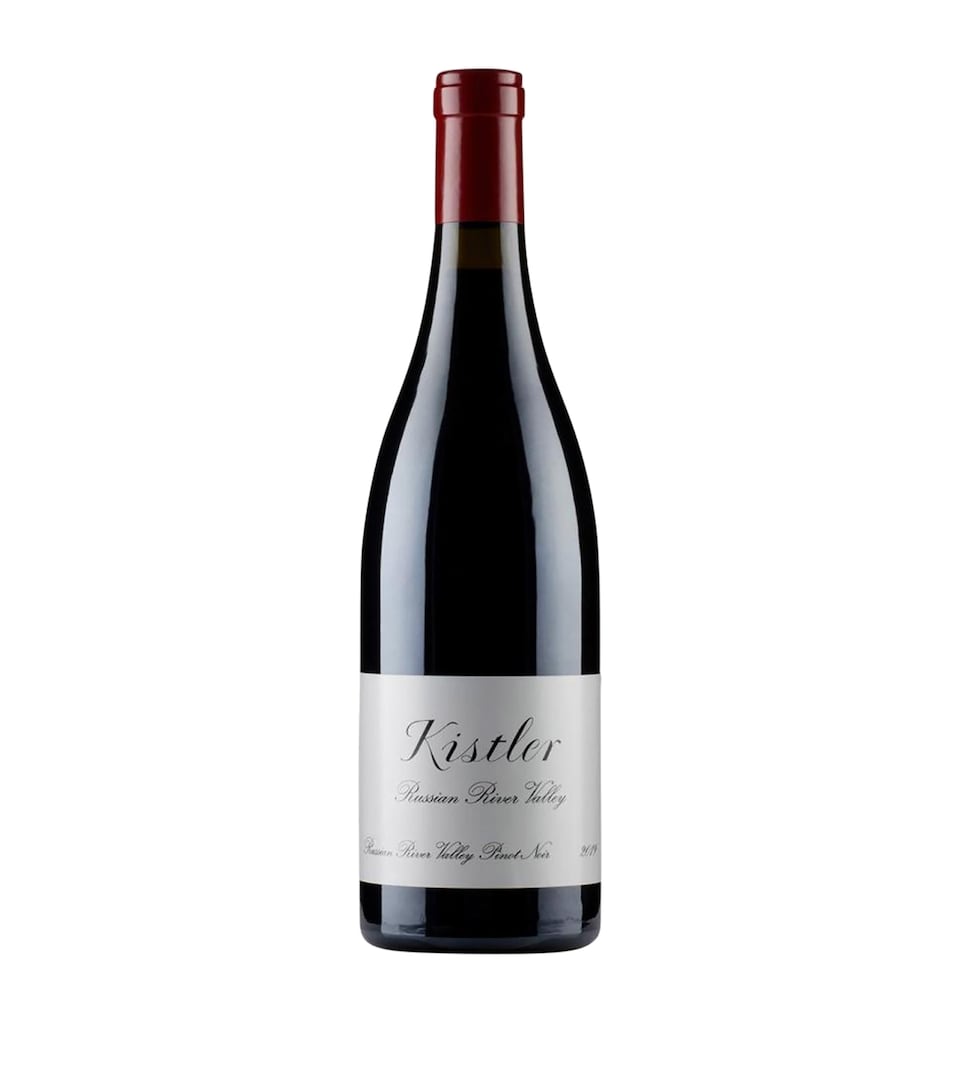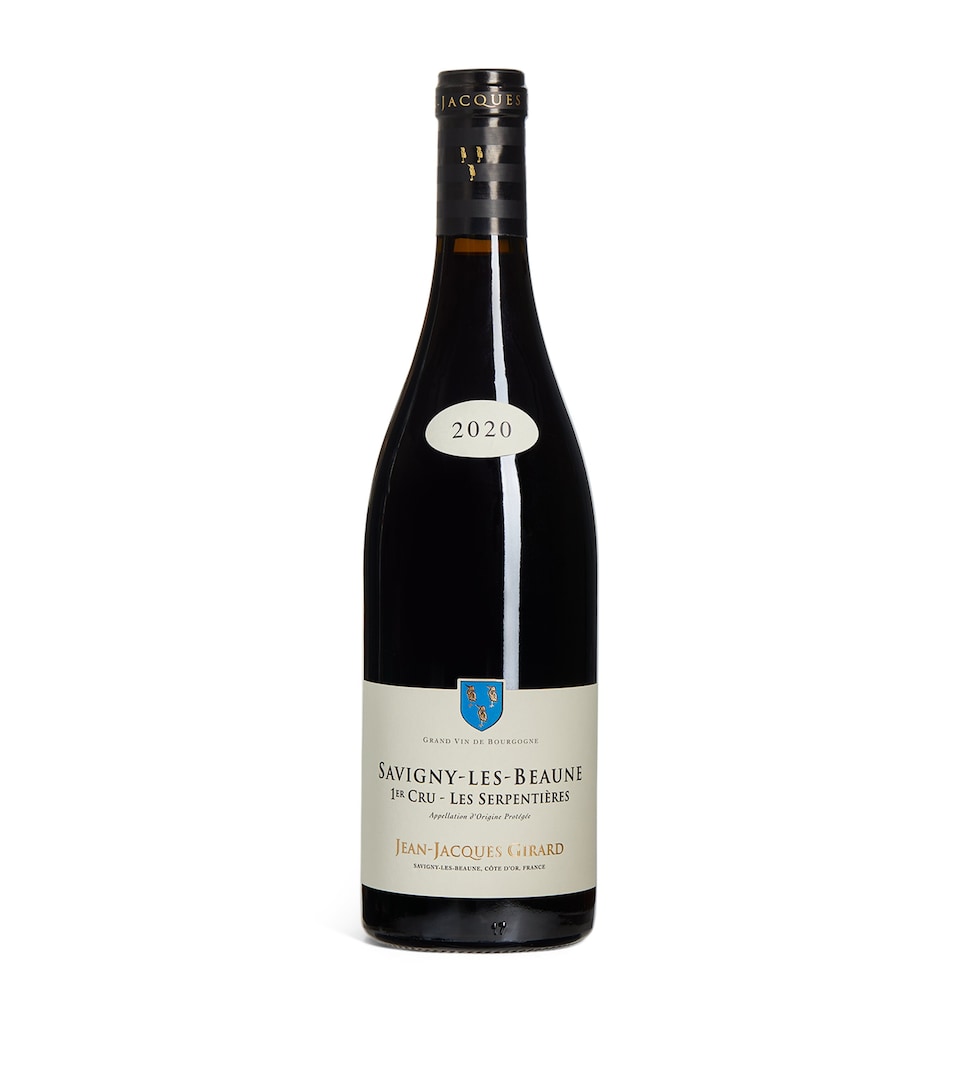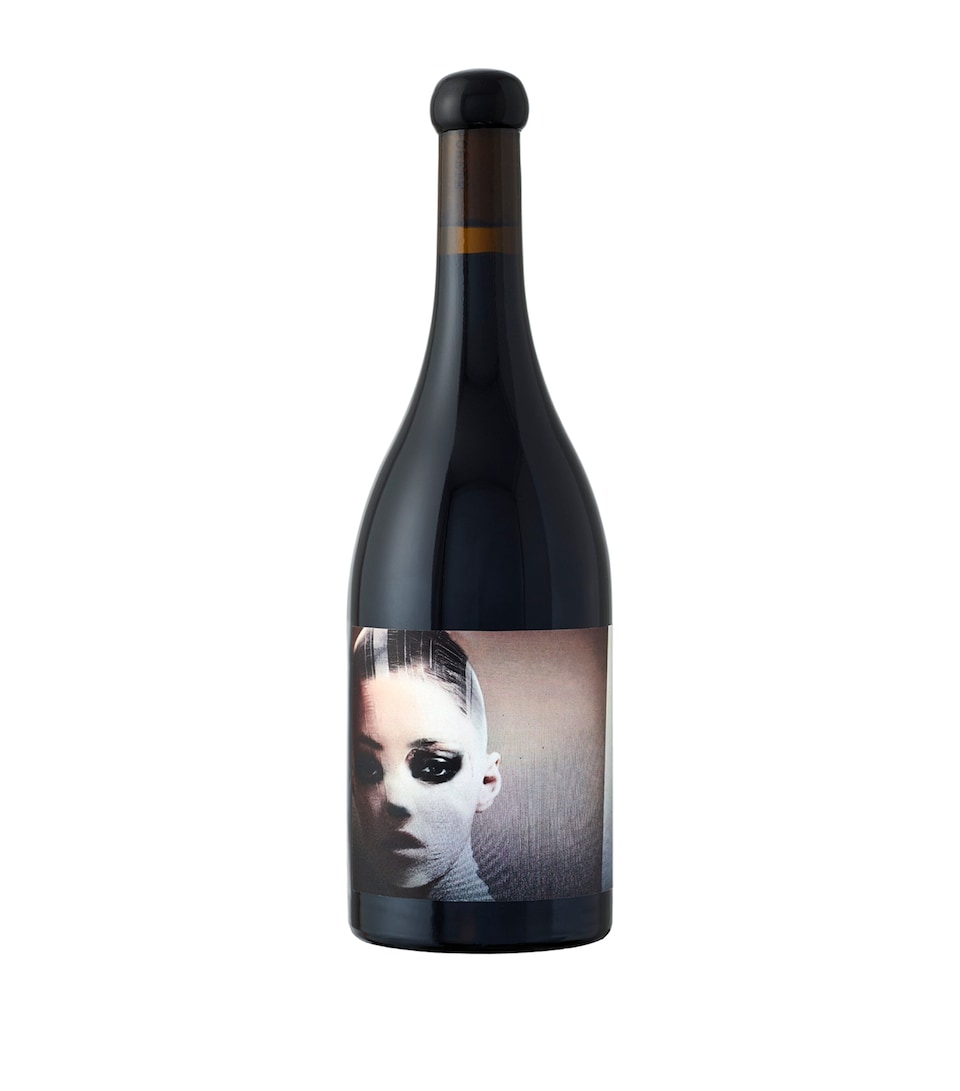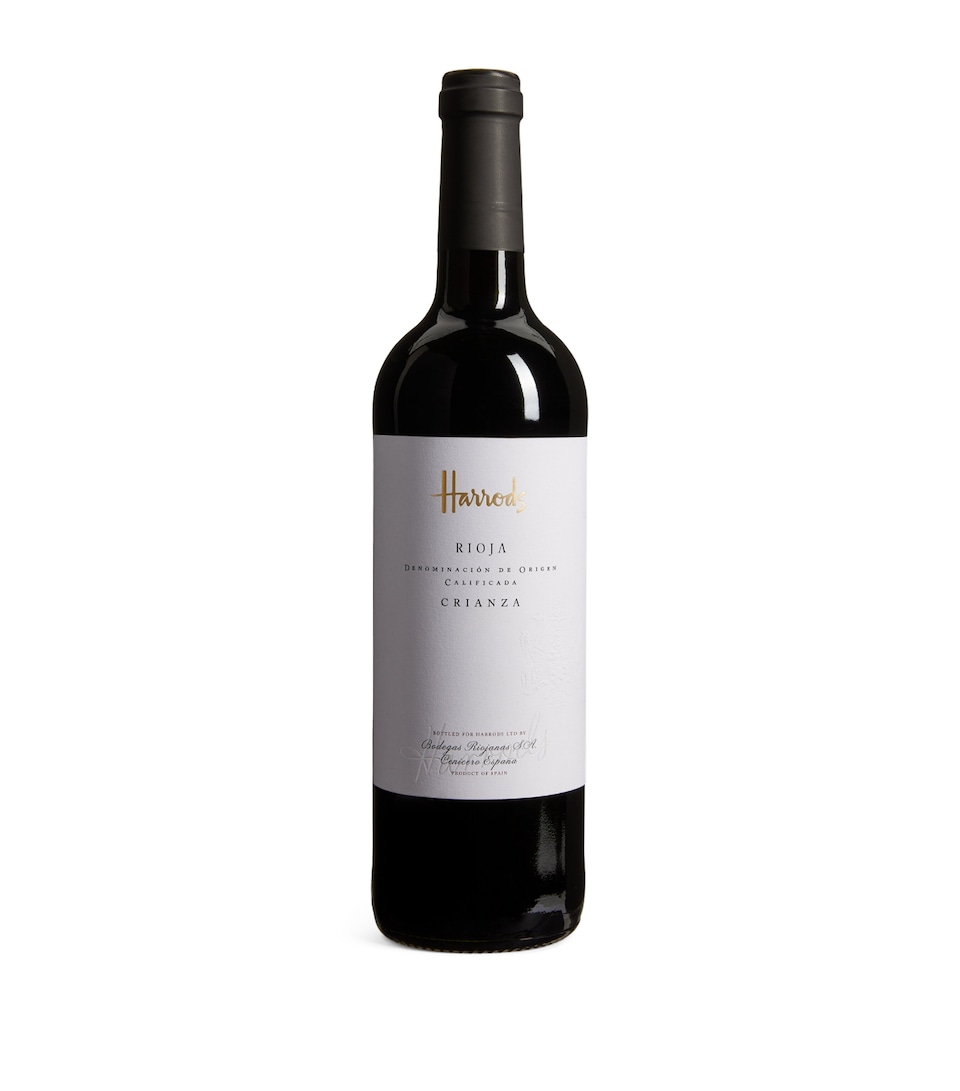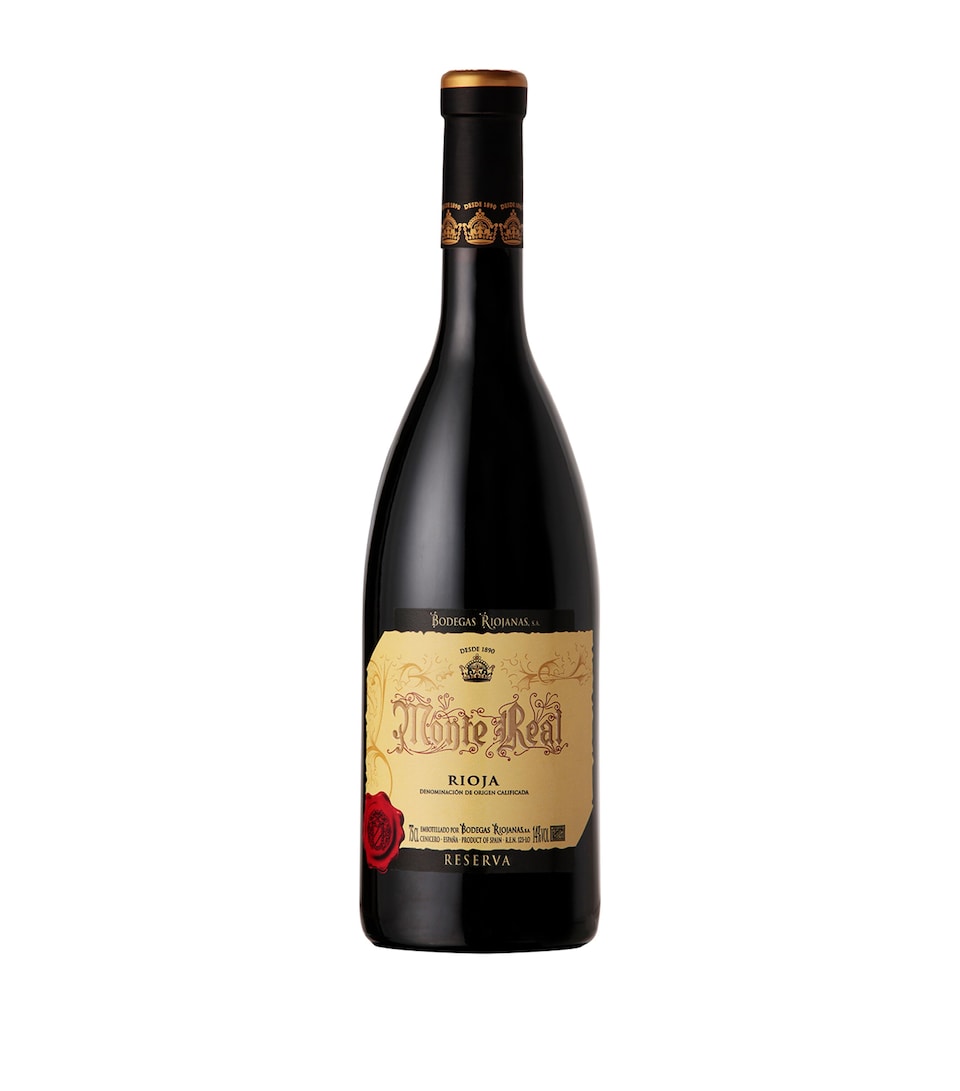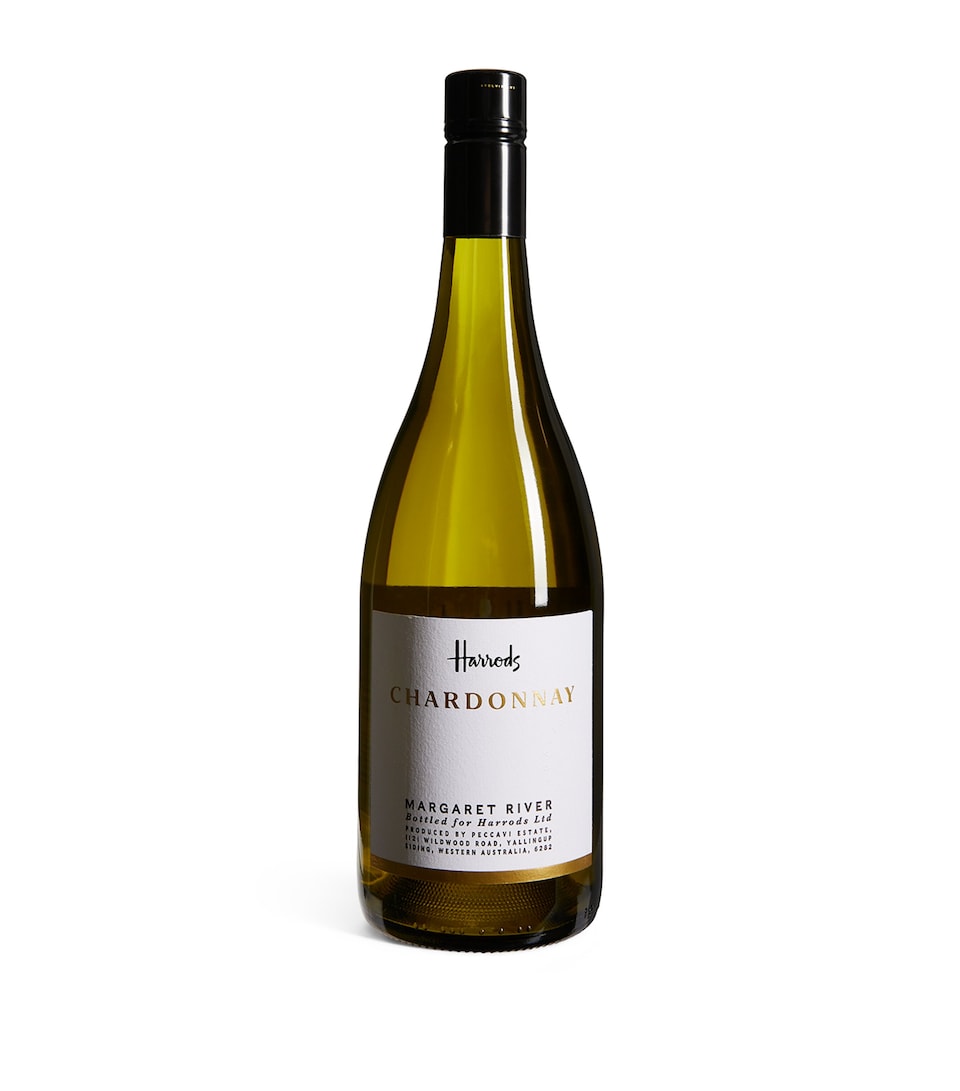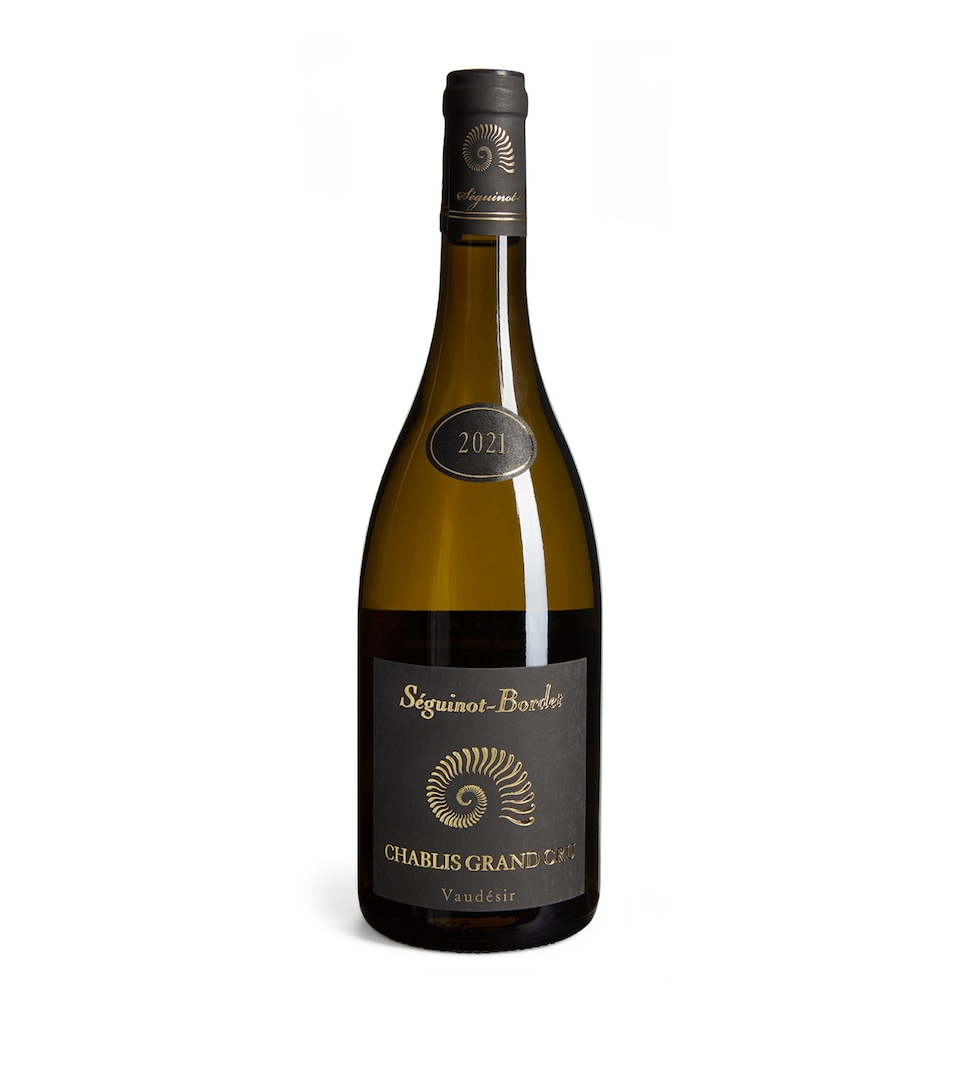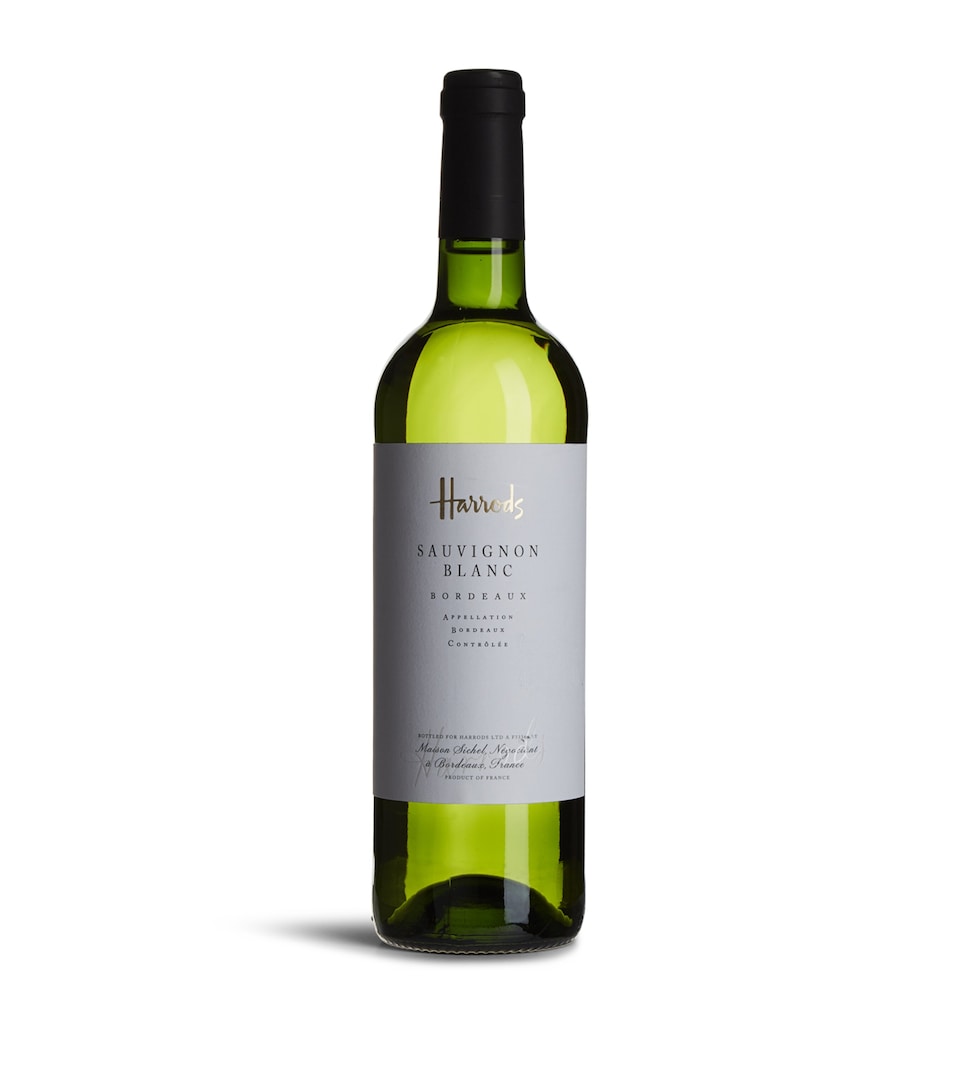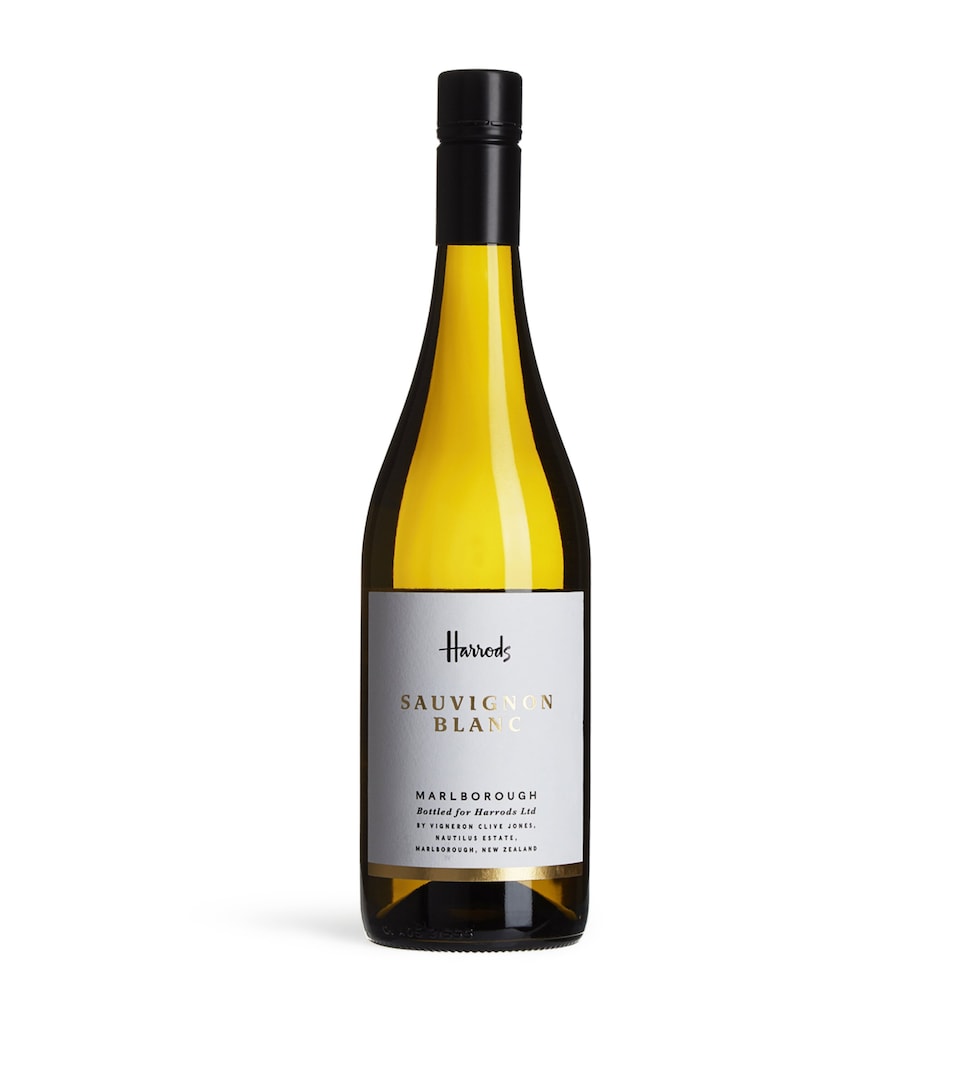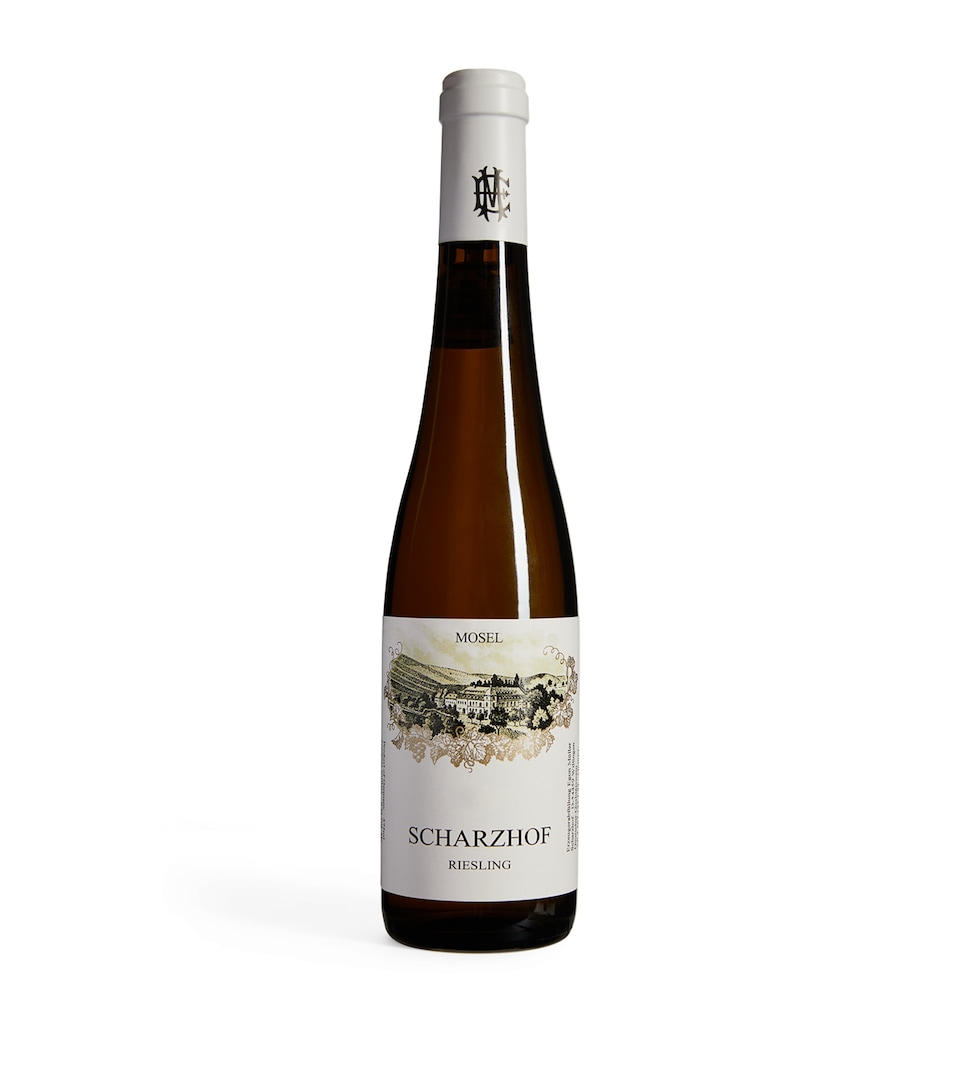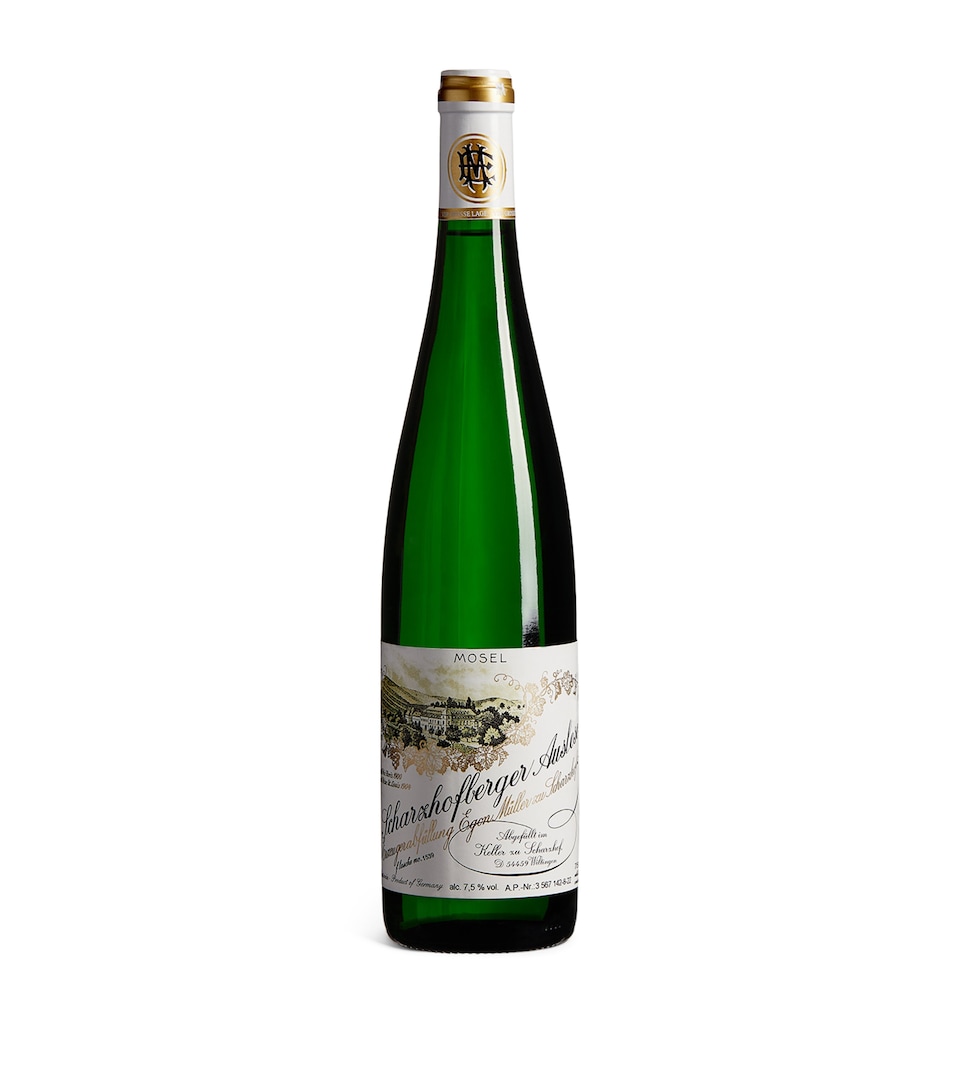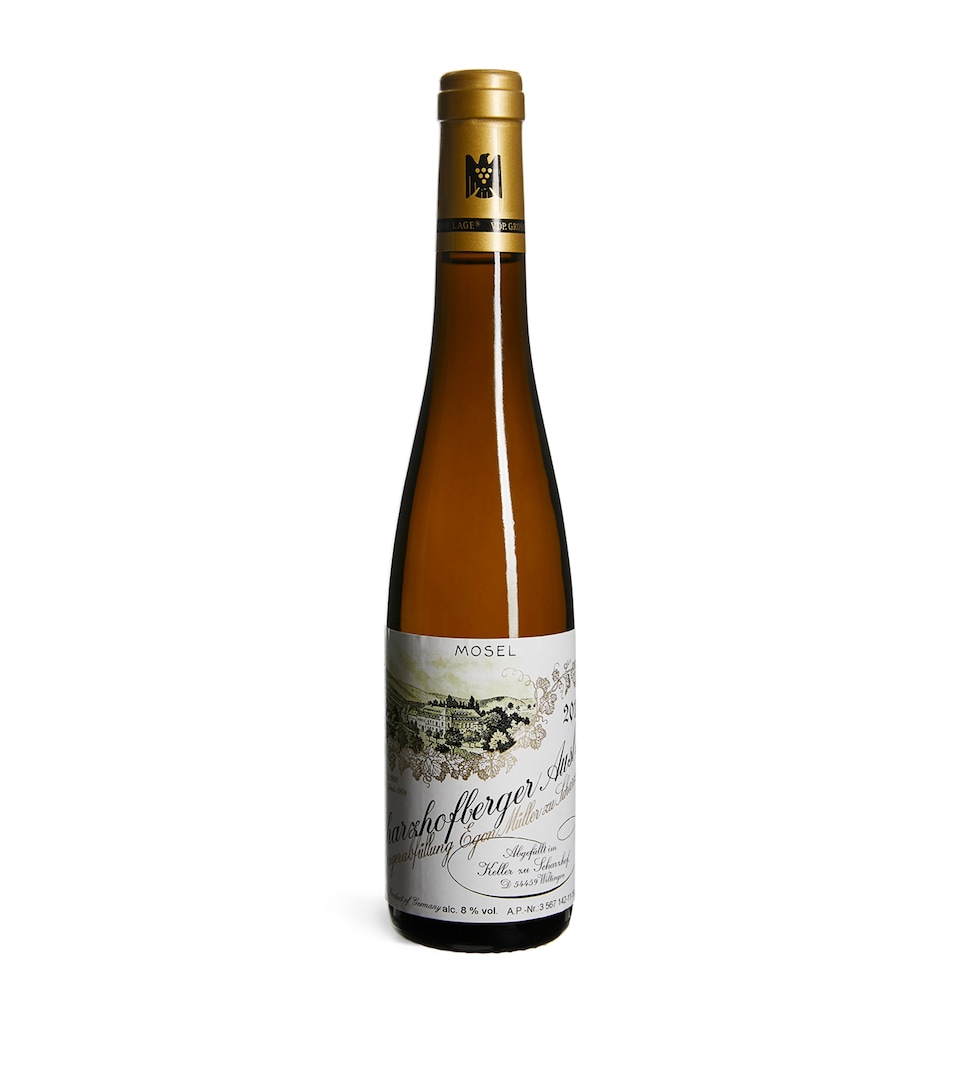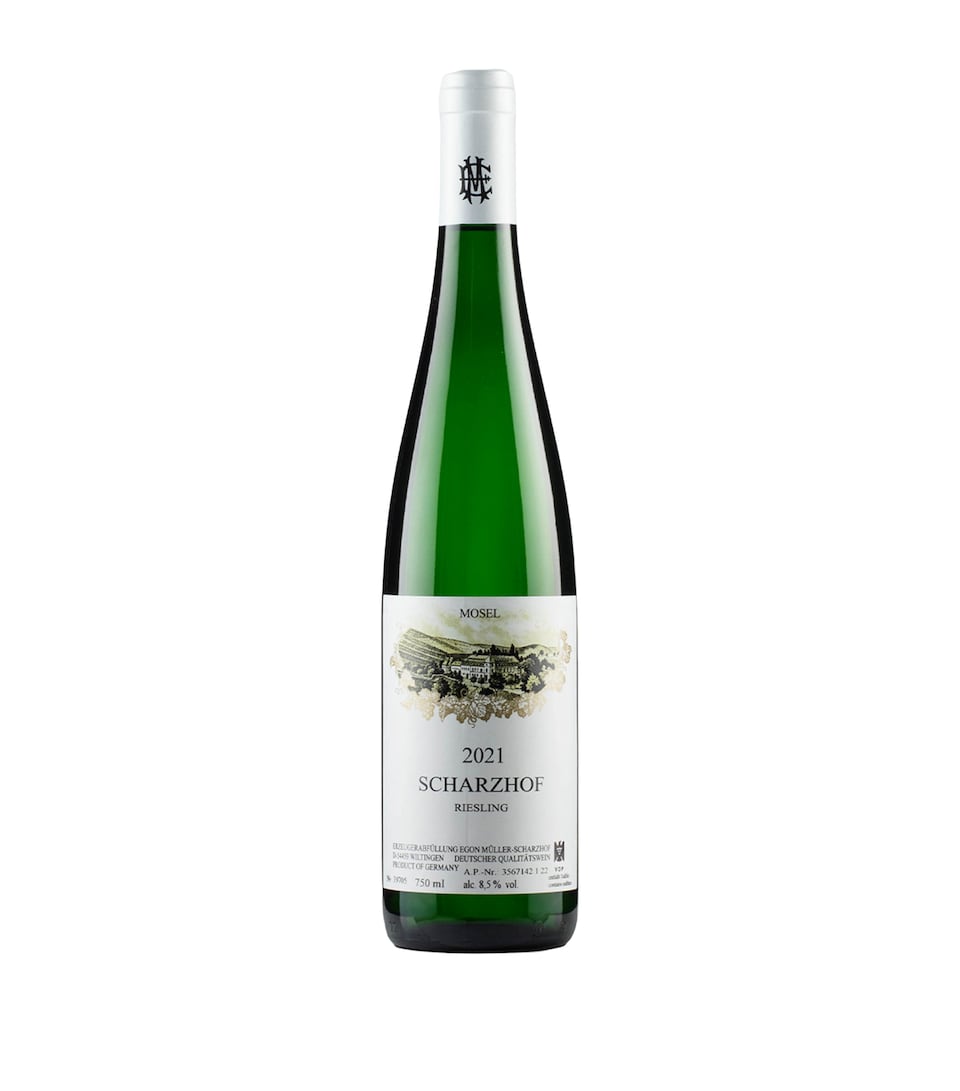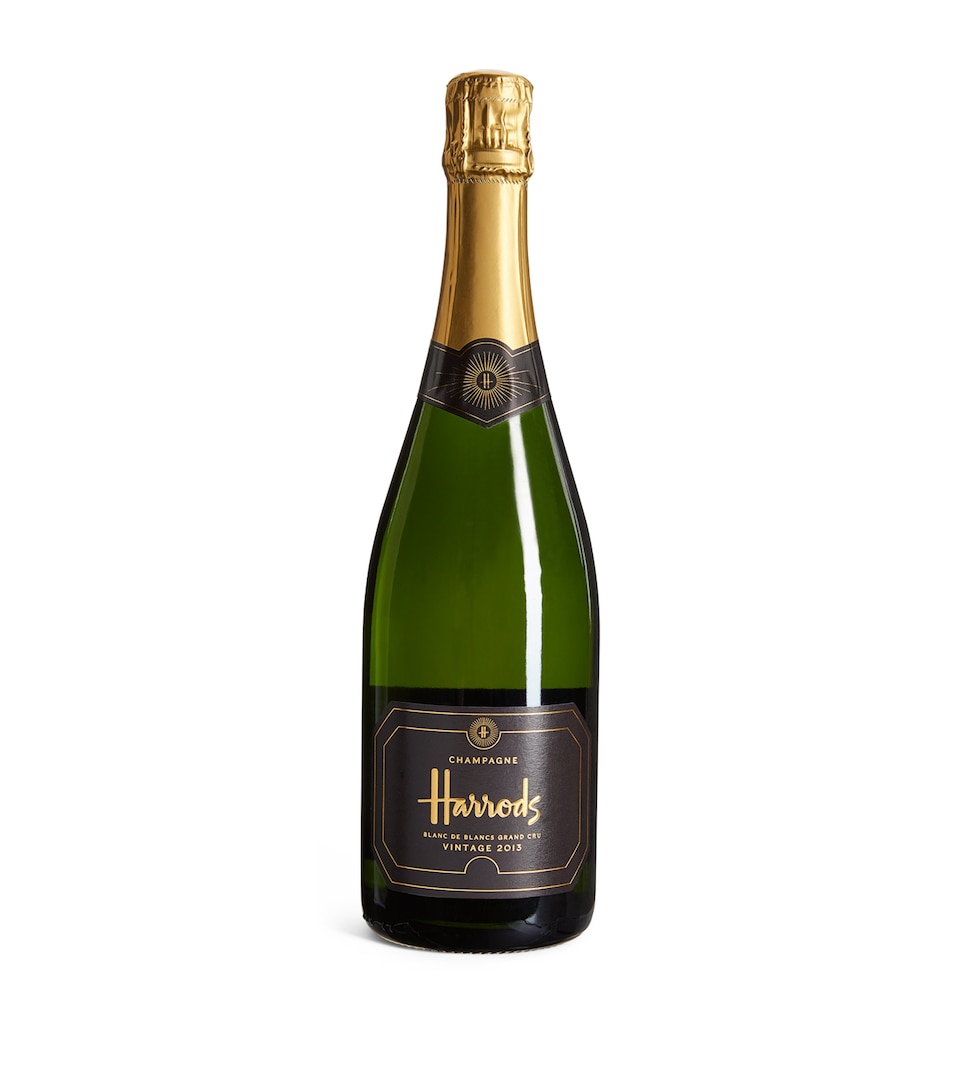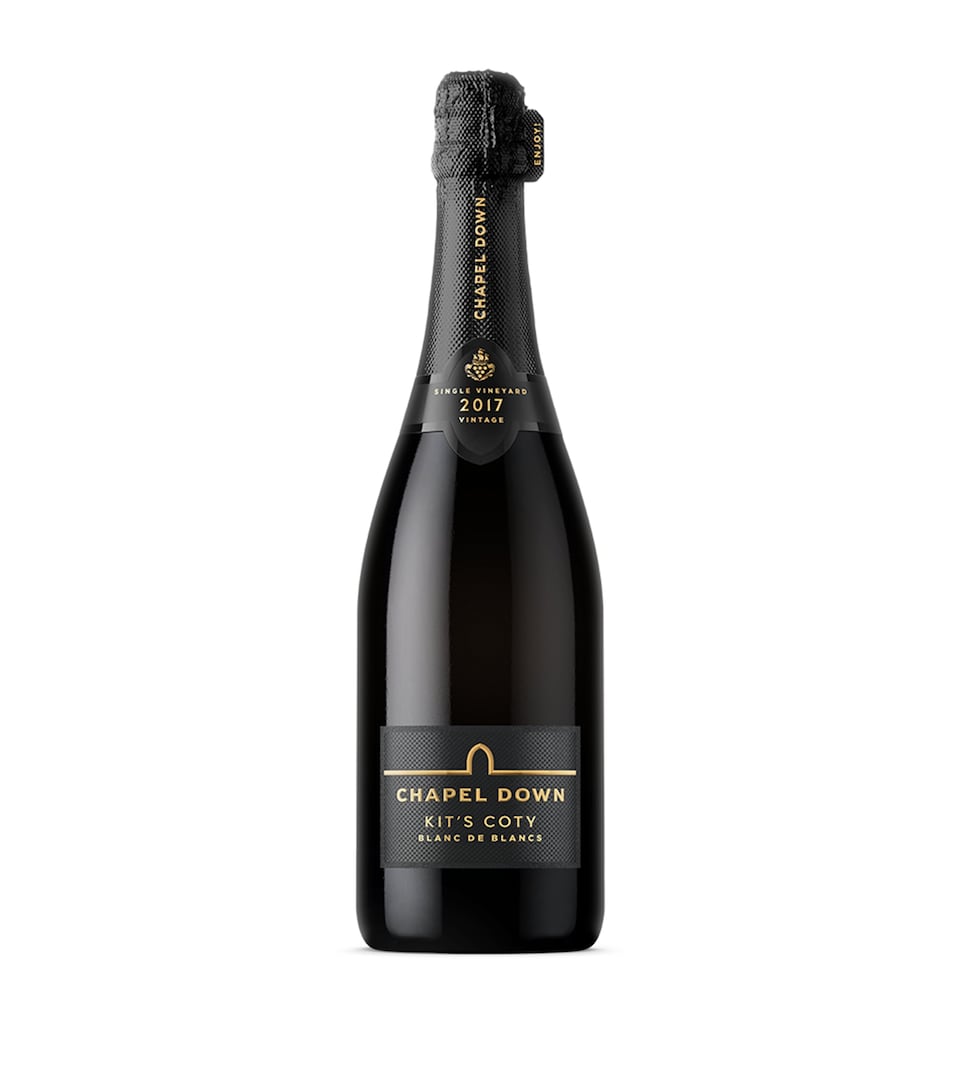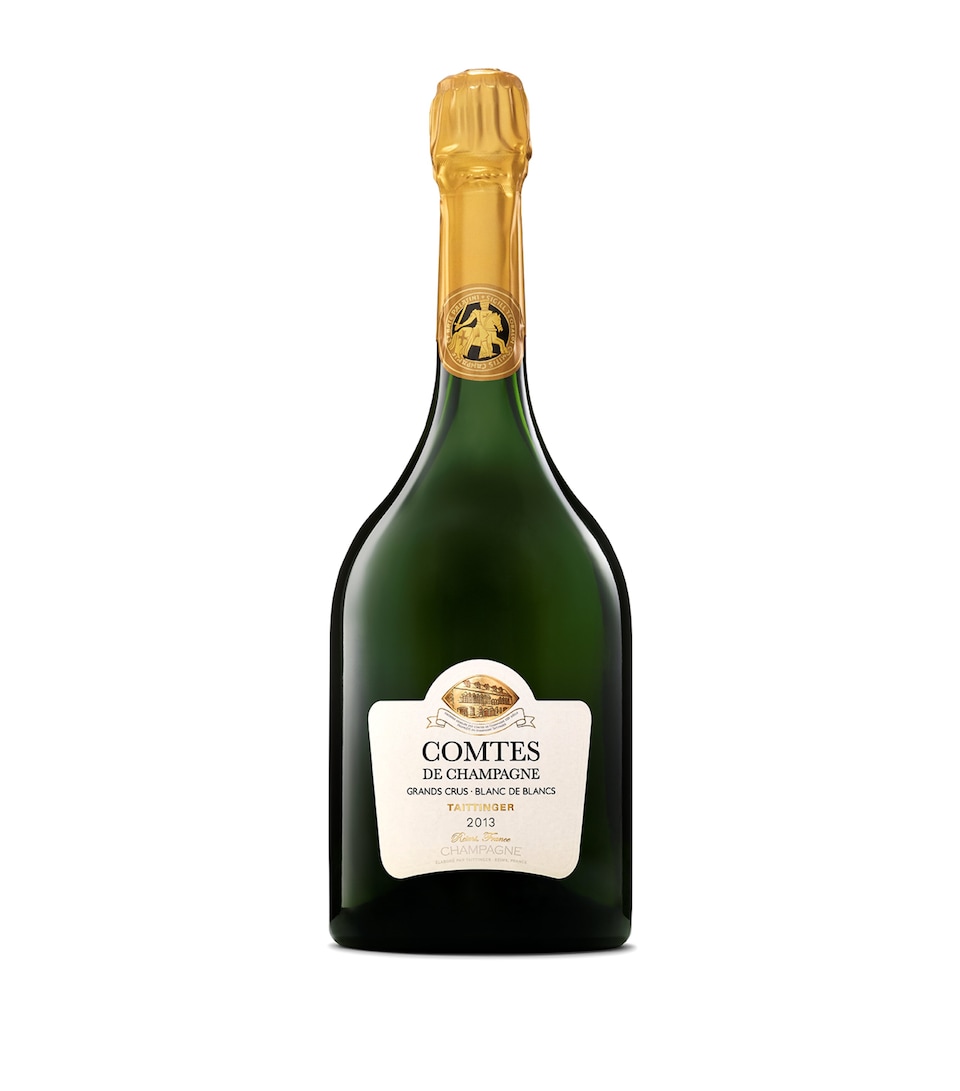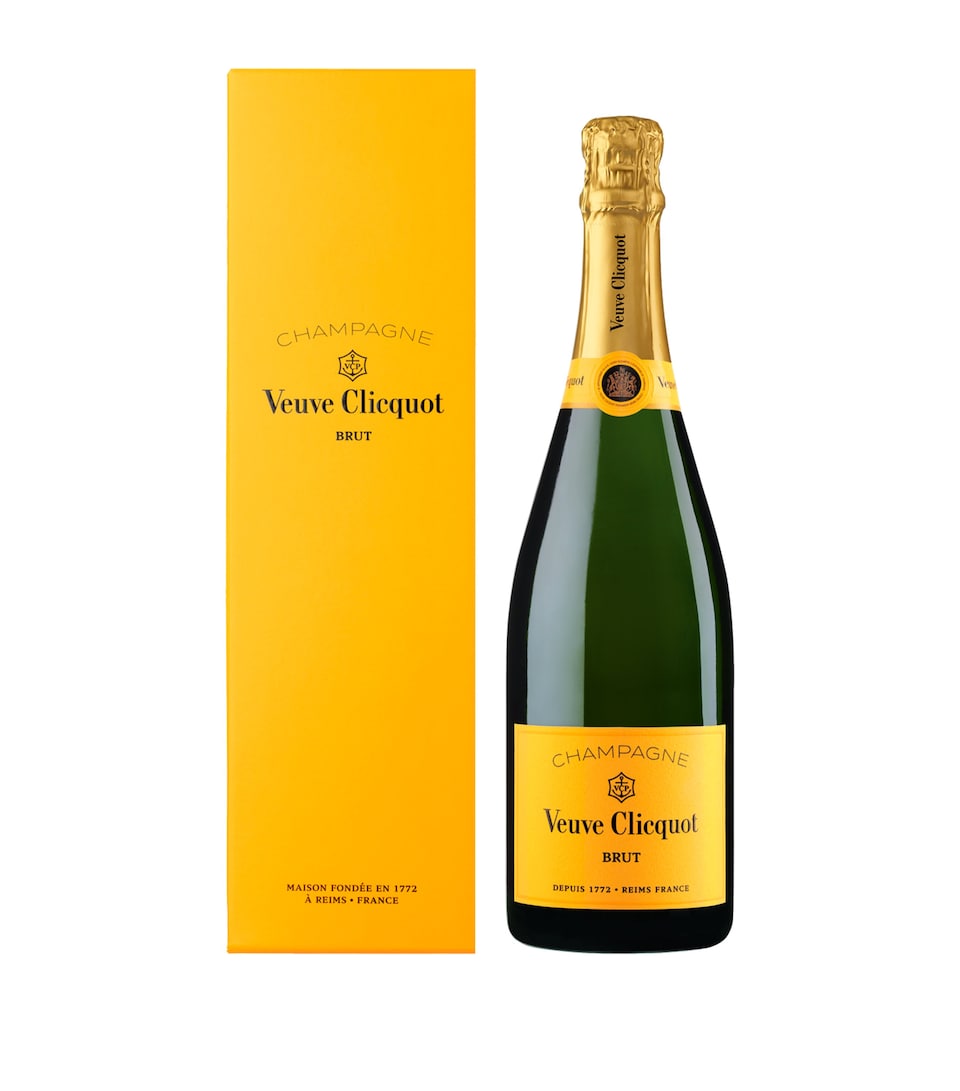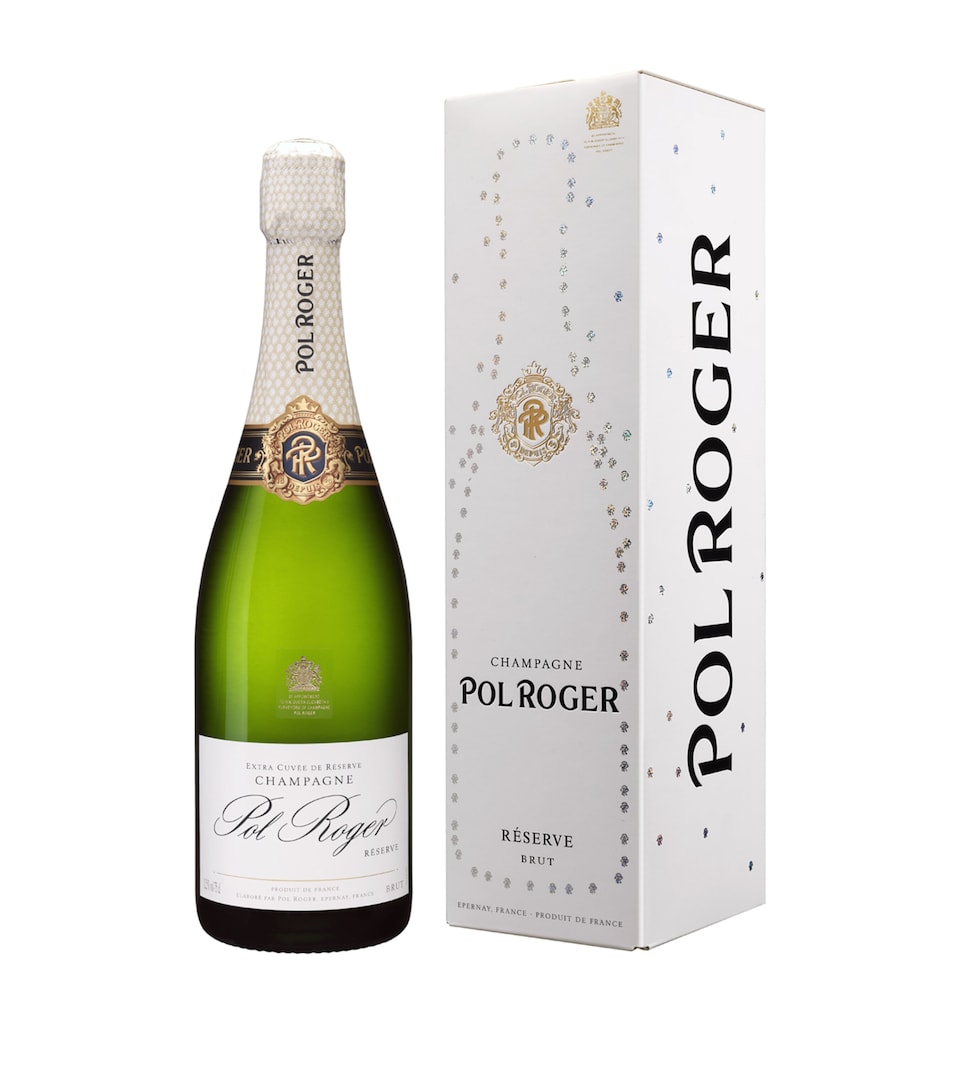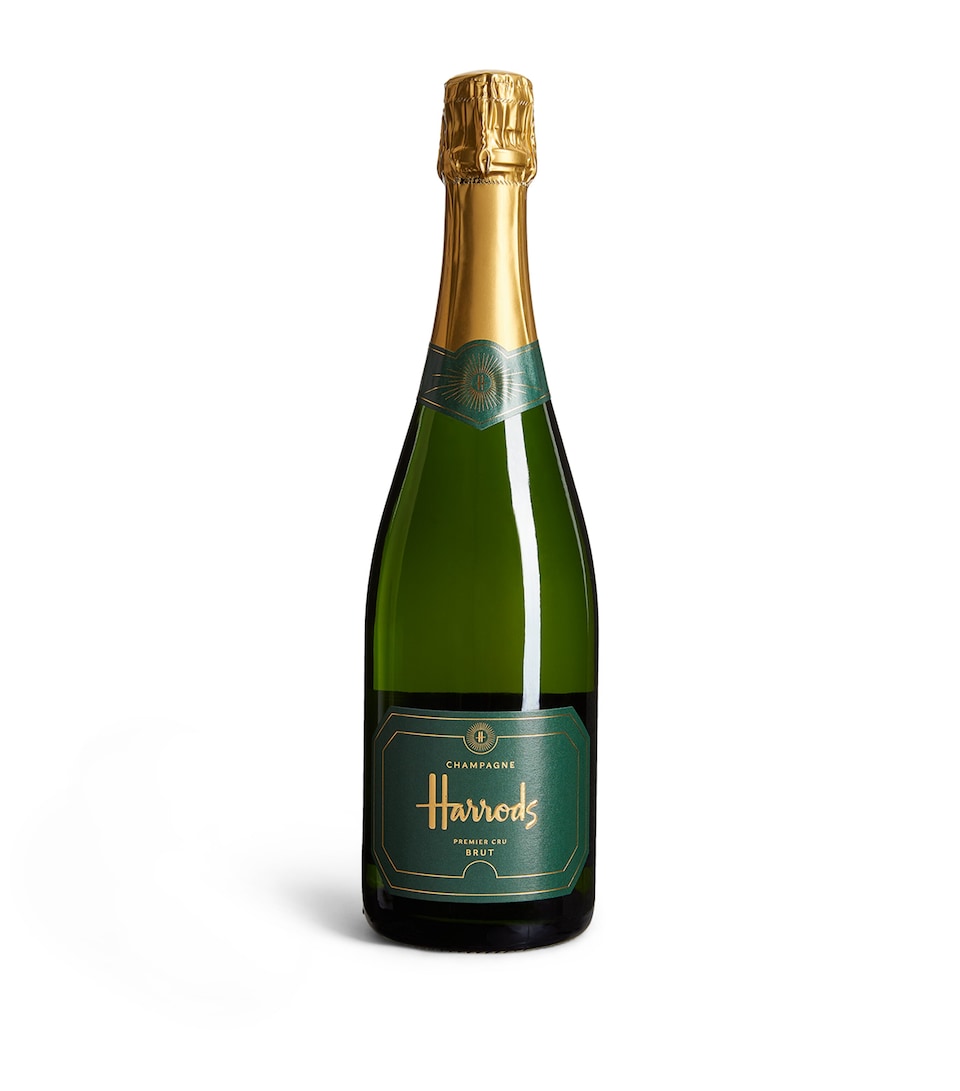
Gourmet Cheese and Wine Pairings
Words by Emilie Dock
Cheese and wine may sound like the simplest of pairings, but the two can clash almost as much as they complement one another. A subtle vinho verde is no match for a pungent Munster, for instance. And a tannic malbec often eclipses a young goat’s cheese. So, how do you pick the perfect wine for your fromage? A general rule of thumb is to try to mirror its intensity, but texture, fat content and saltiness can also inform your choice. As ever, experience is the best teacher, so to help you get started we rounded up our best cheese and wine pairings of the season.
Shop artisan cheeses in the Fresh Market Hall and with Food to Order.
Pairings for Hard Cheeses like Cheddar and Manchego
Soft, ripe red wines are ideal for medium-firm cheeses. Pinot Noir, with its ever-present red berry notes, pairs particularly well with nutty varieties like Comté and Gruyère – both lightly aromatic and complex enough to balance each other. Rioja and unoaked Chardonnay are also reliable options, though a more assertive wine with firm tannins is a better match for mature Cheddar.
Best Wine Pairings for Goat’s and Sheep’s Cheeses
Orchard fruits pair beautifully with softer cheeses; just as you might serve goat’s and sheep’s cheeses with apple or pear slices, look for wines with similar notes. Sauvignon Blanc is a classic choice – as well as the fruit, its bright, citrussy flavours and mineral finish enhance the herby character of the cheese. Gavi, some Rieslings and English sparkling wines also work well for the same reason.
Best Wine Pairings for Washed-Rind Cheeses like Époisses and Taleggio
A particularly pungent washed-rind cheese, like Époisses, can overwhelm the subtle complexities of most red and white wines. If you’re looking for a pairing that will hold its own, opt for a sweet dessert wine like Sauternes. It’ll contrast beautifully with the umami, savoury flavours of the cheese. A strong beer provides a good alternative.
Best Pairings for Soft and Bloomy Cheeses like Brie, Camembert and Tunworth
The soft, gooey texture of a triple-cream cheese requires bright acidity to cut through the fat. You’ll find this – and joyous bubbles – in Champagne and sparkling wine, creating a wonderful contrast. If effervescence isn’t your cup of tea, try Chenin Blanc, Gewürztraminer, Cabernet Sauvignon or a fruity Pinot Noir.
Four Must-Try Pairings

Best Wine to Pair with Gallus
Made by a small dairy in Schollrüti in Switzerland, Gallus has a supple texture with hints of crystallisation from 10 months of maturation. It is bright and fruity, with undertones of toasted nuts and grilled onions, meaning you’ll be looking for a young and vibrant red to complement its flavours – like Cakebread Cellar’s fresh and fruity Two Creeks Pinot Noir 2019.

Best Wine to Pair with Pitchfork Cheddar
A sharp, well-matured Cheddar like this dense and nutty Pitchfork from Trethowan’s Dairy in Somerset needs a fruity red with subtle tannins to cut through the creaminess – and intensify its distinctive savoury flavours. Cabernet sauvignon and malbec are popular picks, but here our experts recommend a Californian pinot noir by Orin Swift for its celebrated fruity vibrance.
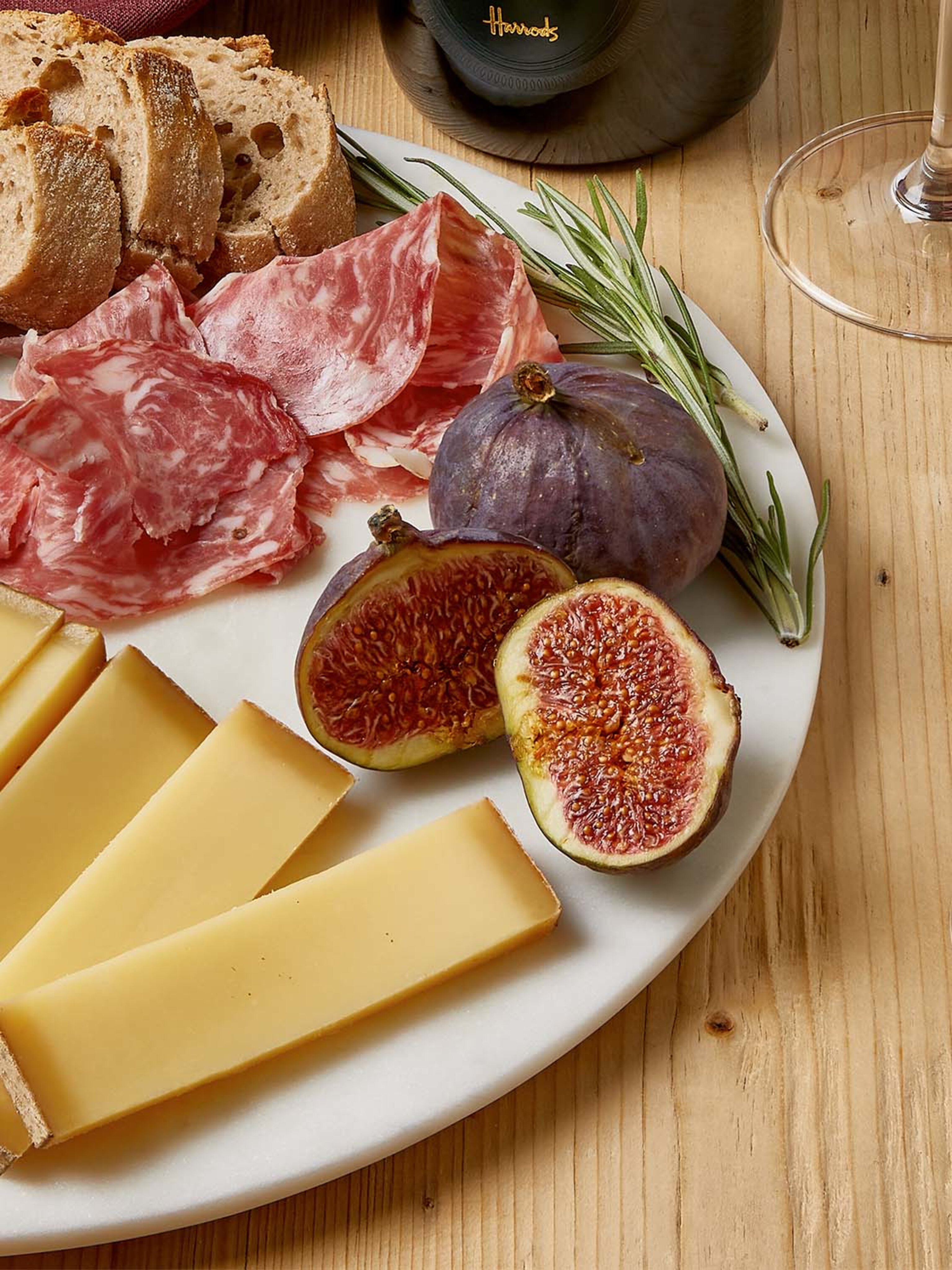
Best Wine to Pair with 36-Month Comté
Famously nutty, Comté develops a sweet caramelly aroma and an intense, almost meaty savouriness after 36 months of maturation, with lively protein crystals that contrast with its otherwise buttery texture. Vin jaune, from the same Jura Massif terroir, makes a classic wine pairing – but just like its tart, yeasty notes bring out the nuttiness of Comté, the toasty brioche flavours and creamy texture of our Vintage 2013 Champagne chime wonderfully with this cheese, and offers a festive feel to proceedings.

Best Wine to Pair with Cropwell Bishop Stilton
The traditional match for Stilton is port – with good reason. The veining in blue cheeses has a touch of bitterness that is deliciously offset by sweet fortified wine. Stilton is also delectably salty, as is the case with our hand-ladled Cropwell Bishop Stilton, making it the ideal accompaniment to Graham’s Vintage Port 2017. Not only do the sweet, brambly notes contrast the Stilton’s savouriness, but the fine tannins and hints of tobacco help cut through the cheese’s creaminess.
Assemble the Perfect Cheeseboard
From nutty hard cheeses to gooey triple creams – find the perfect balance of strengths, terroirs and textures..


